Stories We Tell
April 25, 2022
Visiting Katsura Imperial Villa 3
Author: Yukari Matsumoto
Reading time:7min
Hi there.
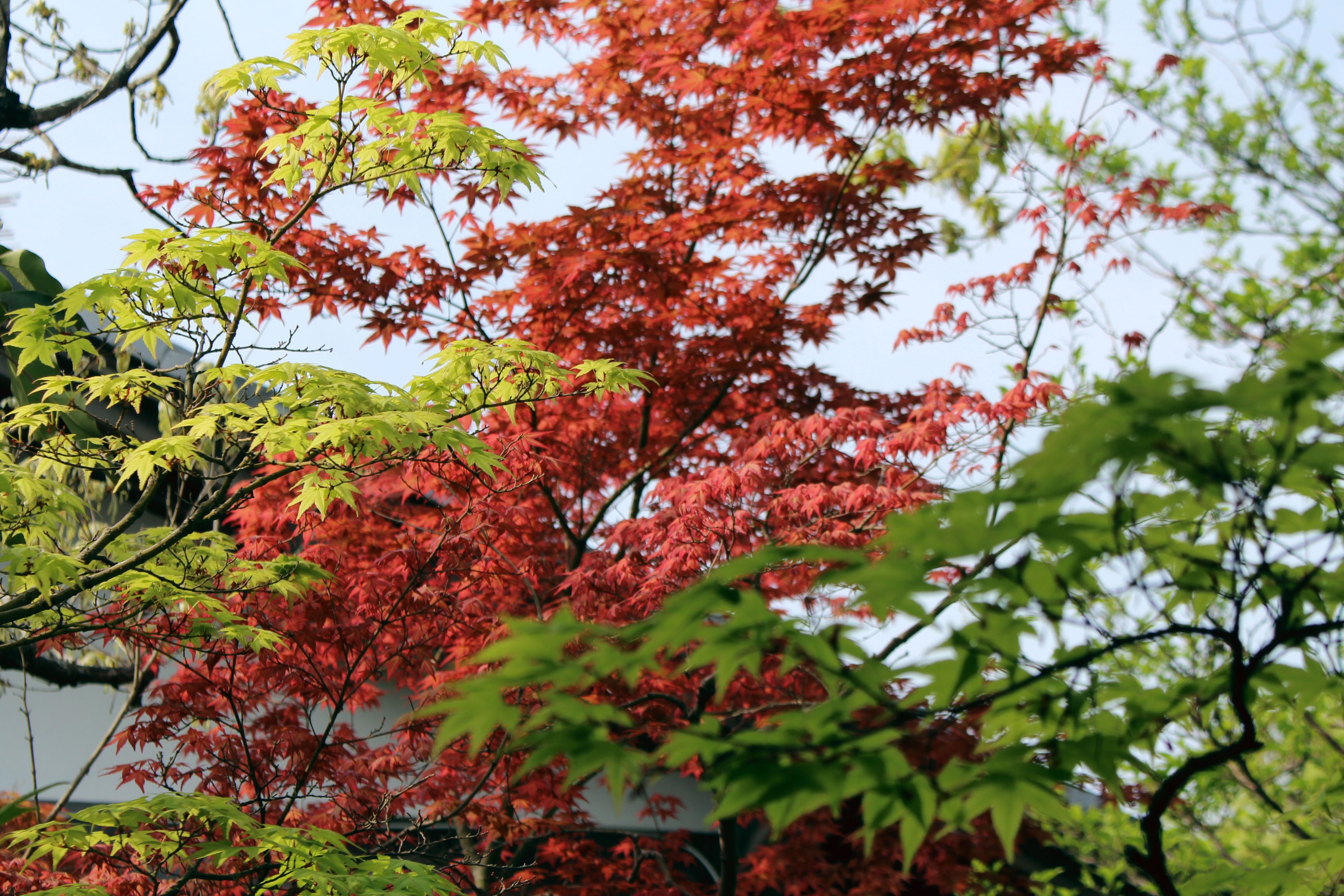
It’s been getting warmer recently. You can put winter clothes away and say goodbye to heavy jackets. “Golden week” (a series of national holidays) is just around the corner! How will you spend the holidays? It is a good season to go out as there are many warm and nice days. I hope you will have a relaxing vacation, and take care of yourself not to get any infections during the holidays.
The Last Post of “Visiting Katsura Imperial Villa”
This is the third time I have written about Katsura Imperial Villa. There are still many things that I couldn’t write about in the past two blogs. There are, however, many things that you can’t understand unless you visit there and see them for yourself. So, I’m writing this blog with the hope that some of you who read this want to see it with your own eyes, rather than writing everything I saw.
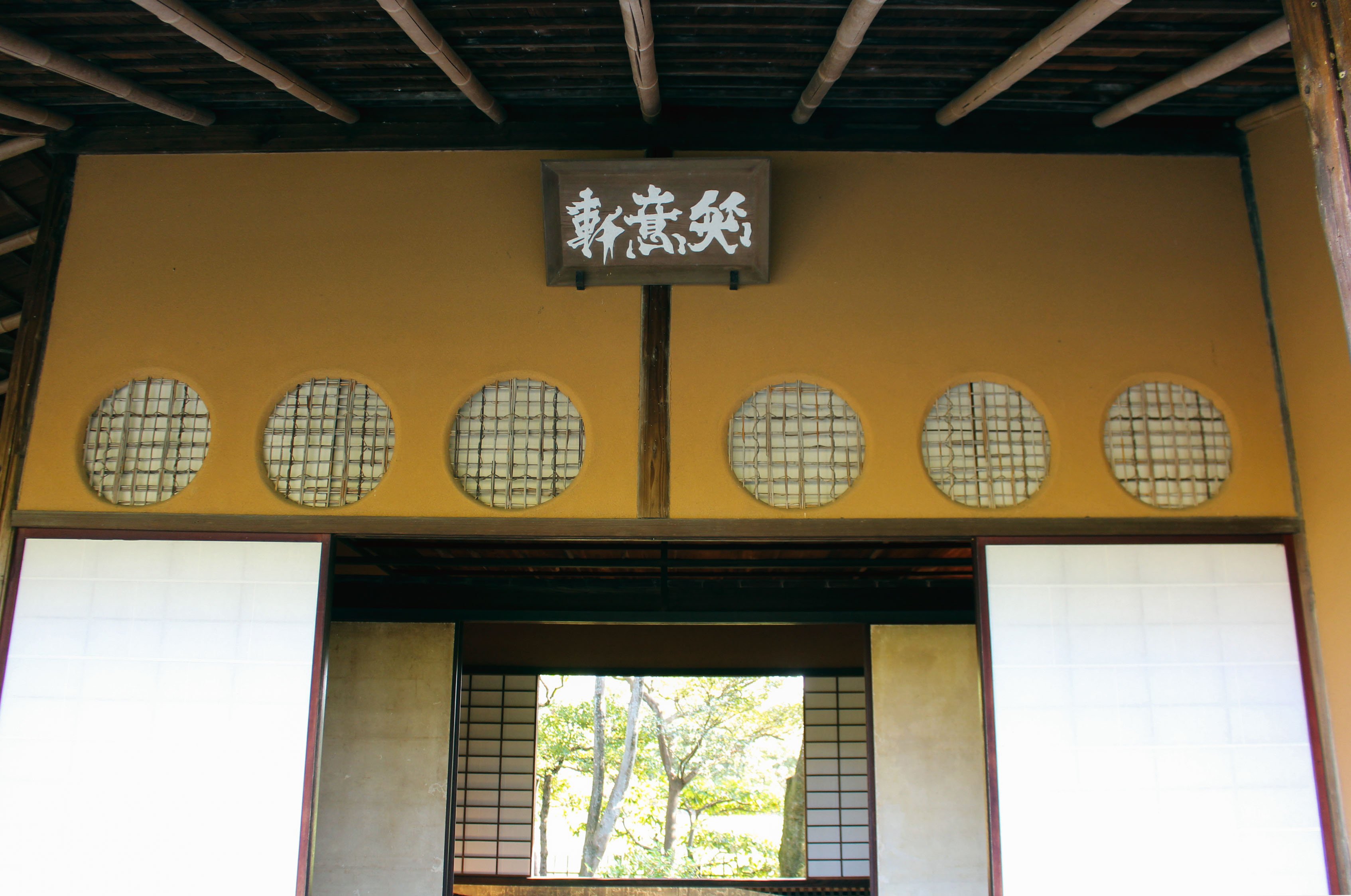
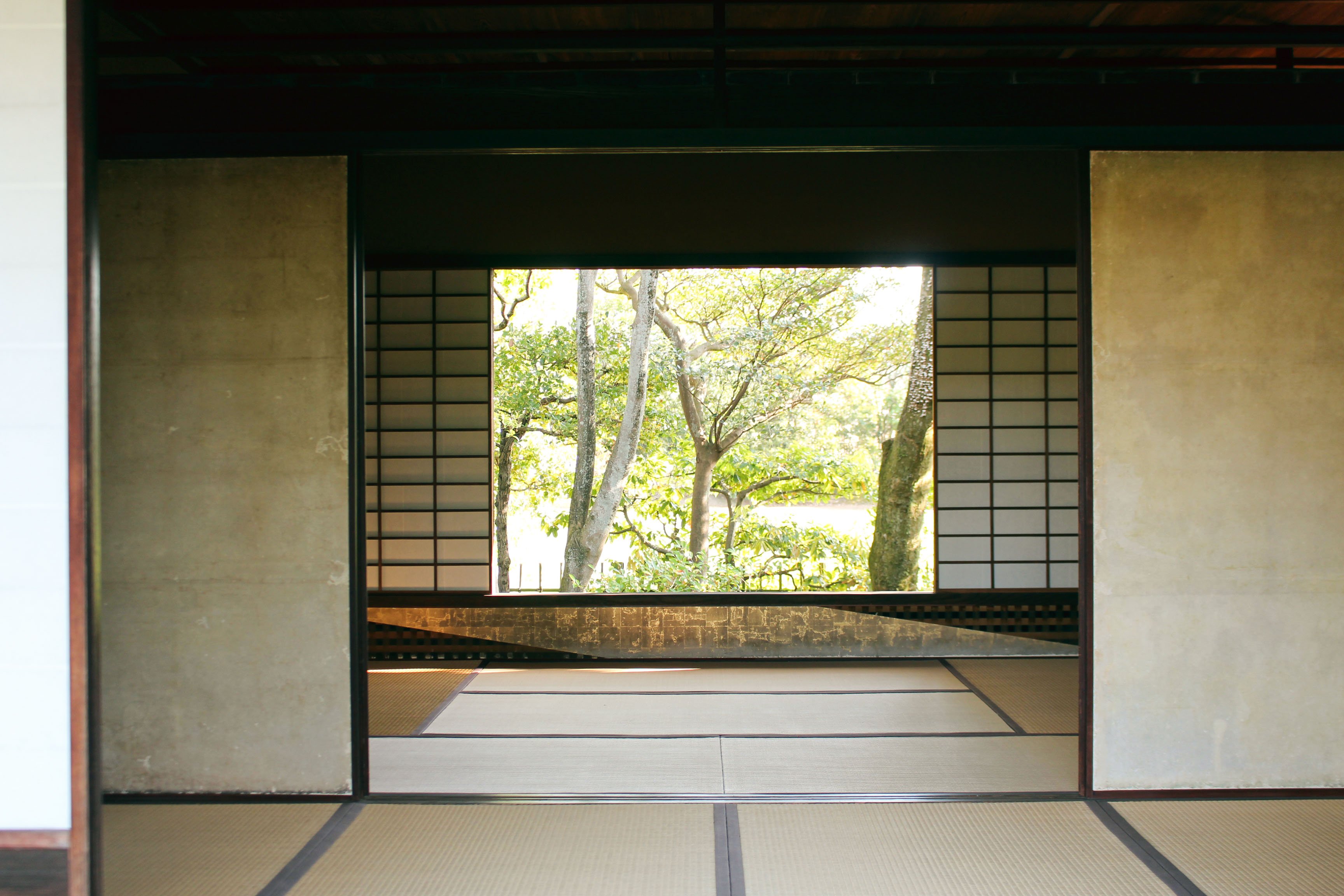
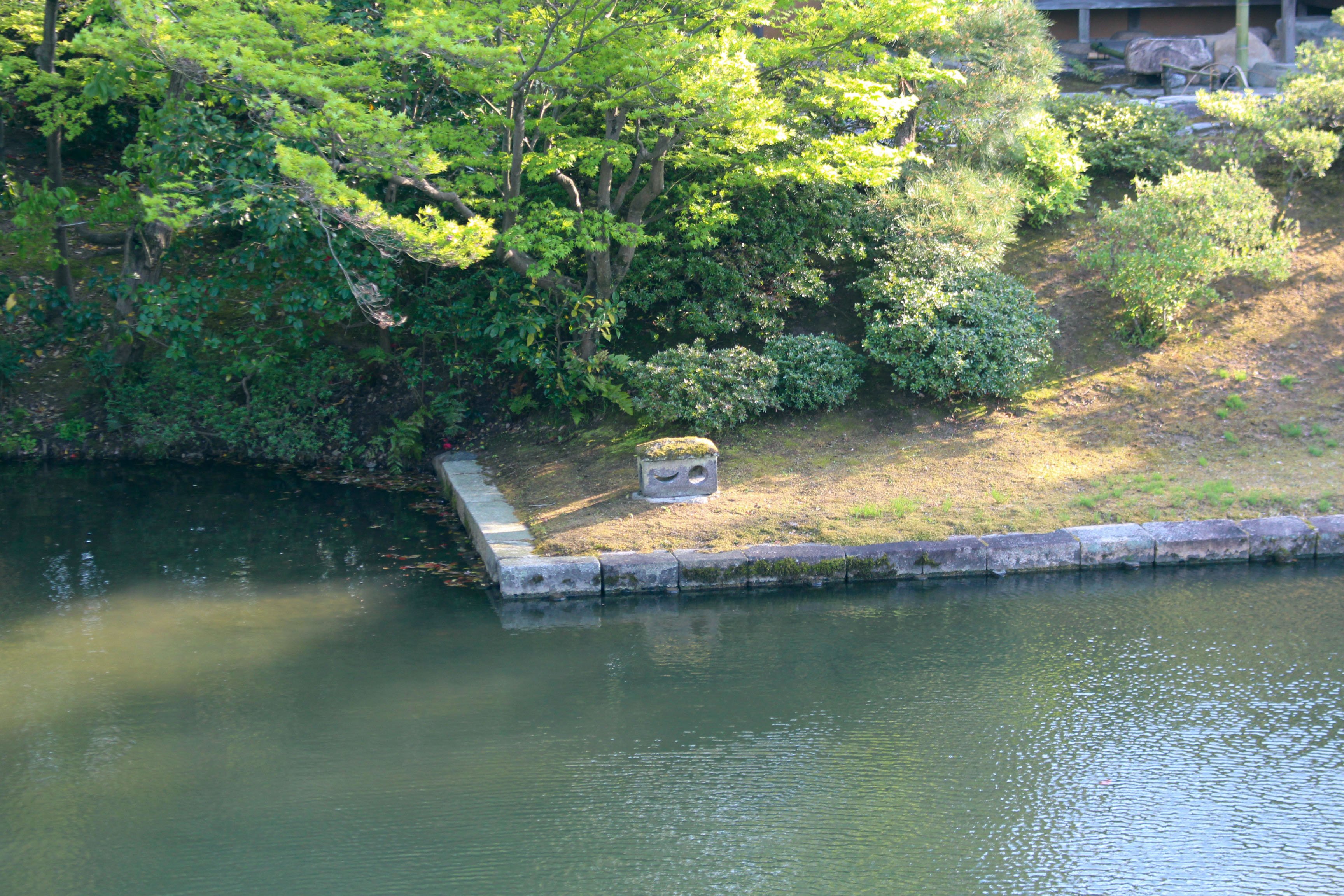
Shoi-ken pavilion* is an unconventional architecture compared to the other buildings in the villa, and I was amazed by it. Each of the six round windows has a different reed pattern, which represents the phases of the moon. The view from the window is not a garden but outside the garden, a rice field. People used to enjoy the scenery of rice-planting and the golden carpet when the rice ripens. The wallpaper under the window is designed to look like a flash of lightning running through a checkered pattern. Other interior designs are also unique, such as arrows placed in the fusuma and paintings that resemble flames on the fusuma.
Shoi-ken*(笑意軒) is one of the large tea houses in Katsura Imperial Villa.
Both the building and the garden of the Shoi-ken are designed with a sense of fun, such as nobedan* stone path made by paving together only fieldstones and the stepping stones that seem to be placed randomly. These expressions give a slightly different impression from the architecture of other buildings in the villa.
Three lights lantern placed at a landing place is also a remarkable expression, which imitates the shape of the Shoi-ken itself.
nobedan* refers to a method of stone paving that features a large rectangular stone path that is made by paving together numerous smaller stones. There are many styles.
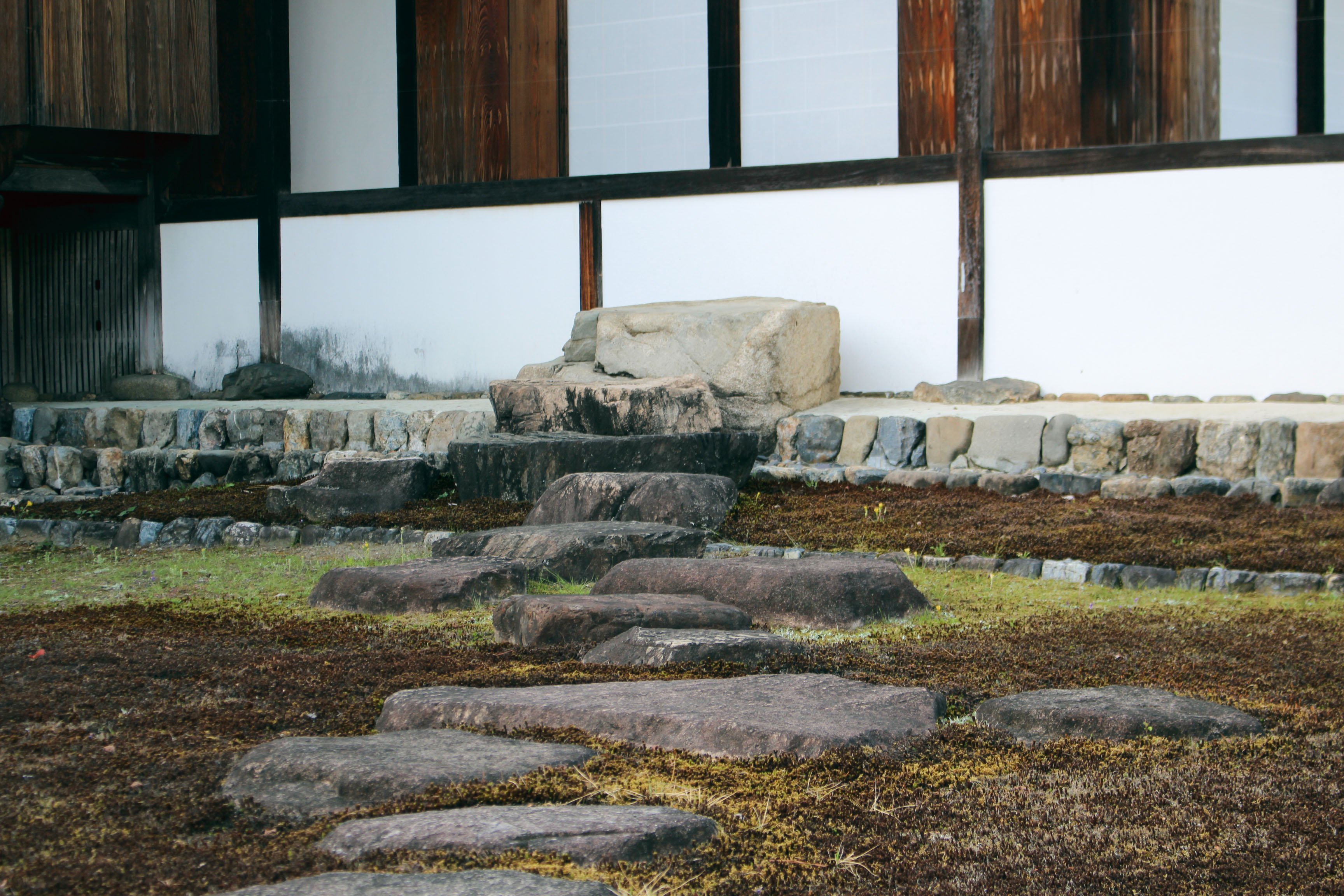
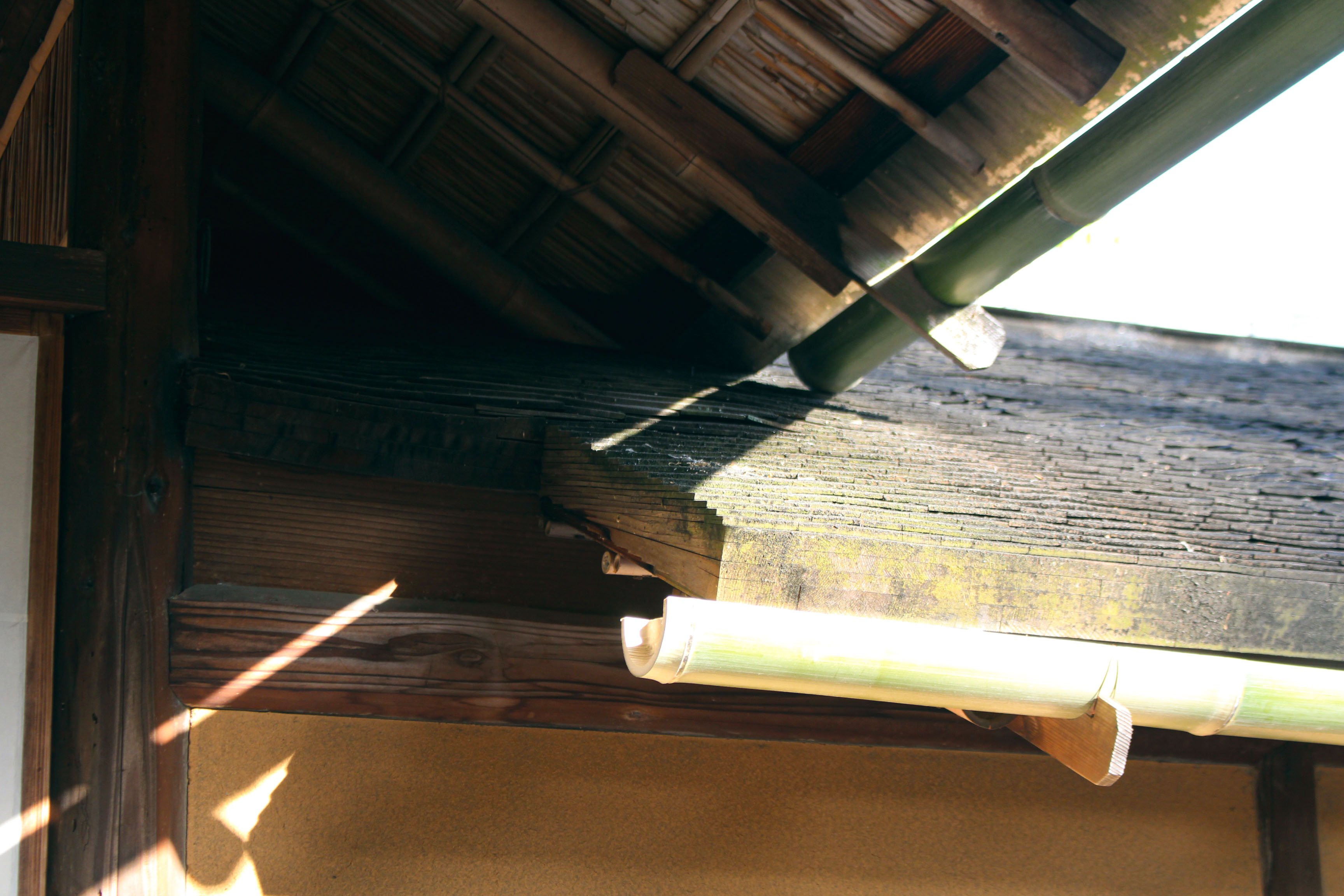
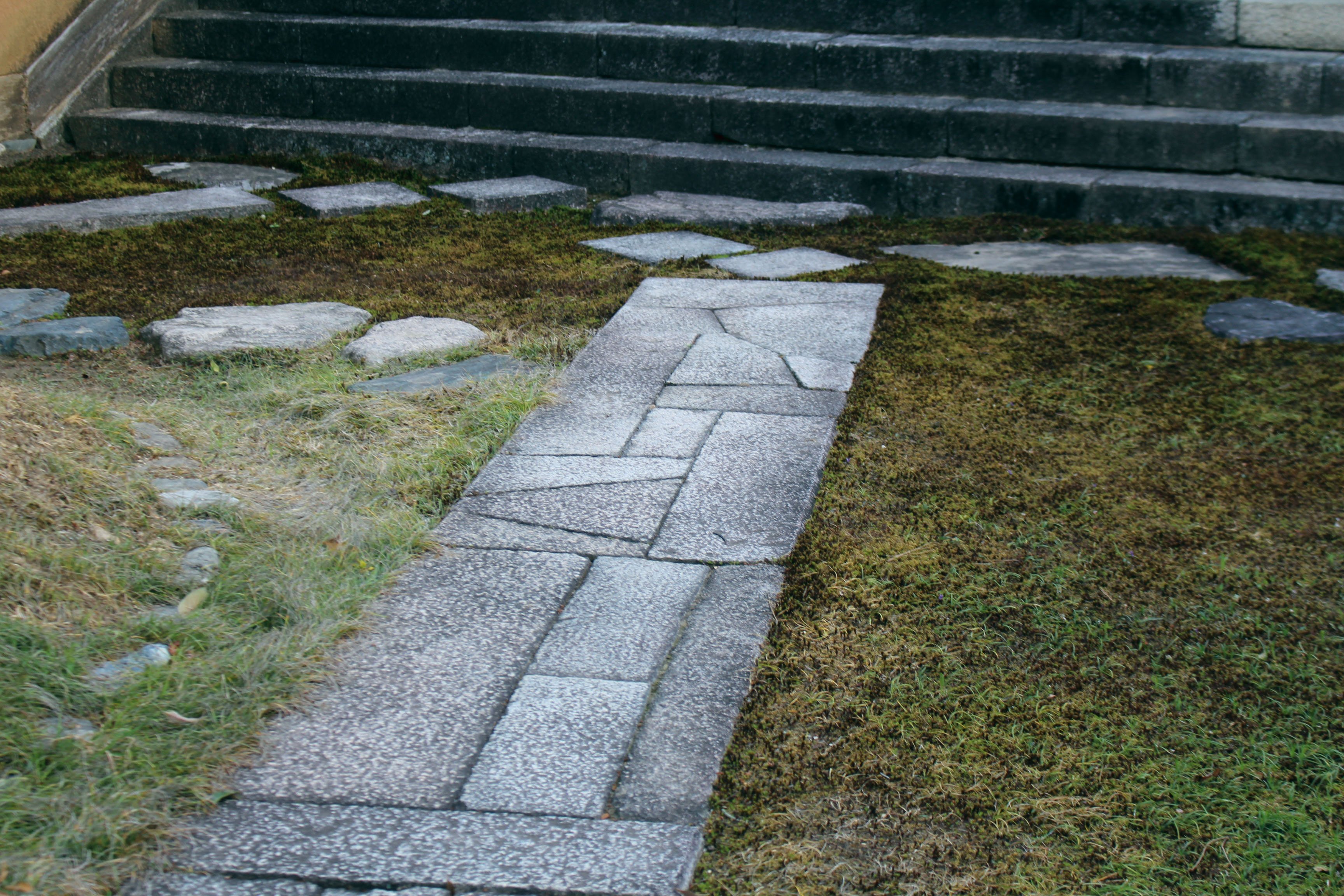
The Stepping stones and the thatched roof in the Kosho-in and the Chusho-in* are all finely designed. The small hill called “maple hill” seen from Gepparo (月波楼) and the oak hedge in front of it create a mysterious scene. The view of the pond from the window evokes a scene that fits the name of the building, "Geppa”-meaning moonlight waves- perfectly. I can imagine how beautiful the moon must have looked from here as Gepparo was built for “Tsukimi” or moon-gazing.
Kosho-in and the Chusho-in* are drawing rooms in the villa but used to be rooms for reading books.
Also, I got to see nobedan stone path using hewn stones. It has a chic solemnity and a more mysterious atmosphere compared to one using only fieldstones. The types and combinations of stones for stone paths are skillfully chosen according to the purpose of each garden, giving each garden even more flavor and depth.
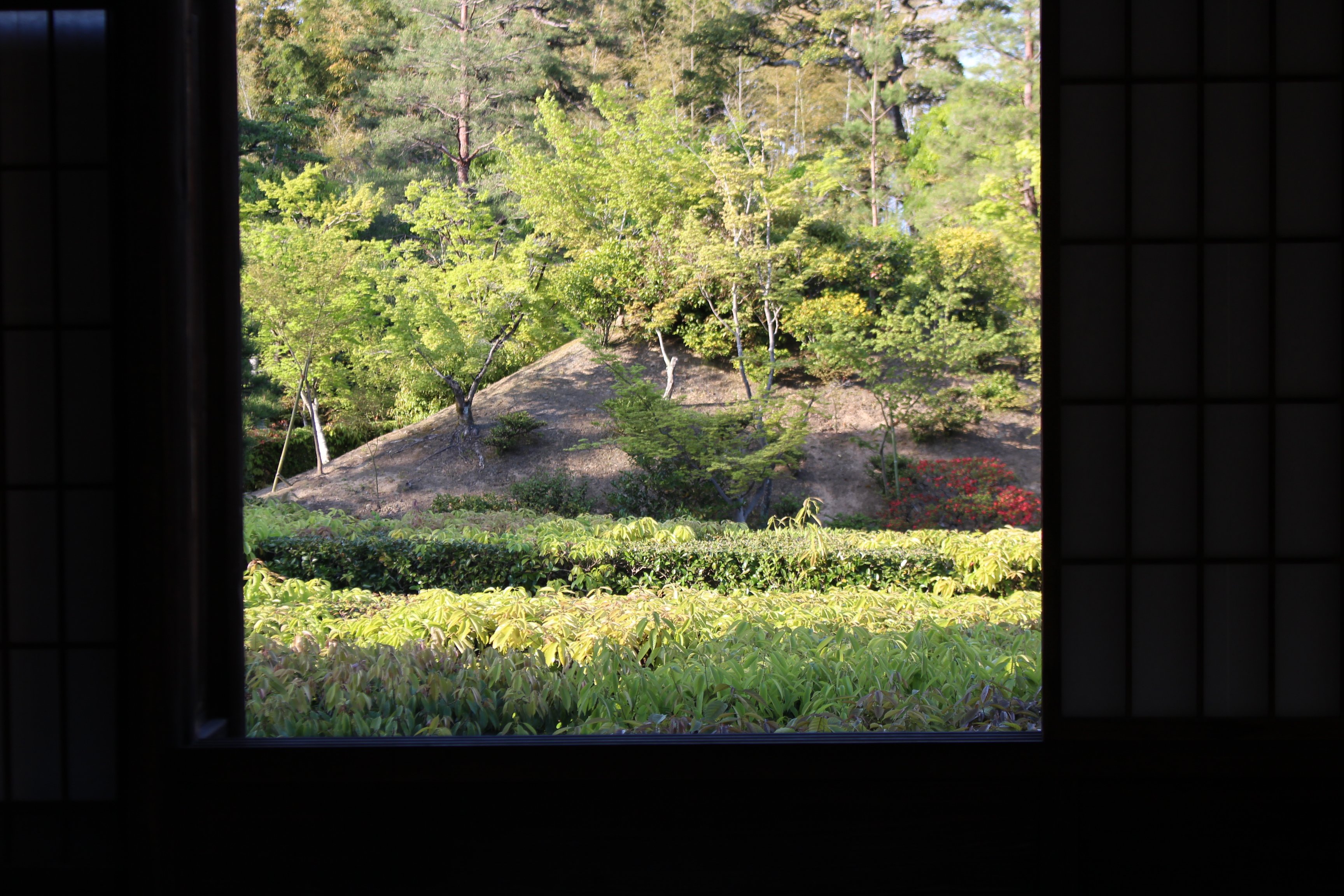
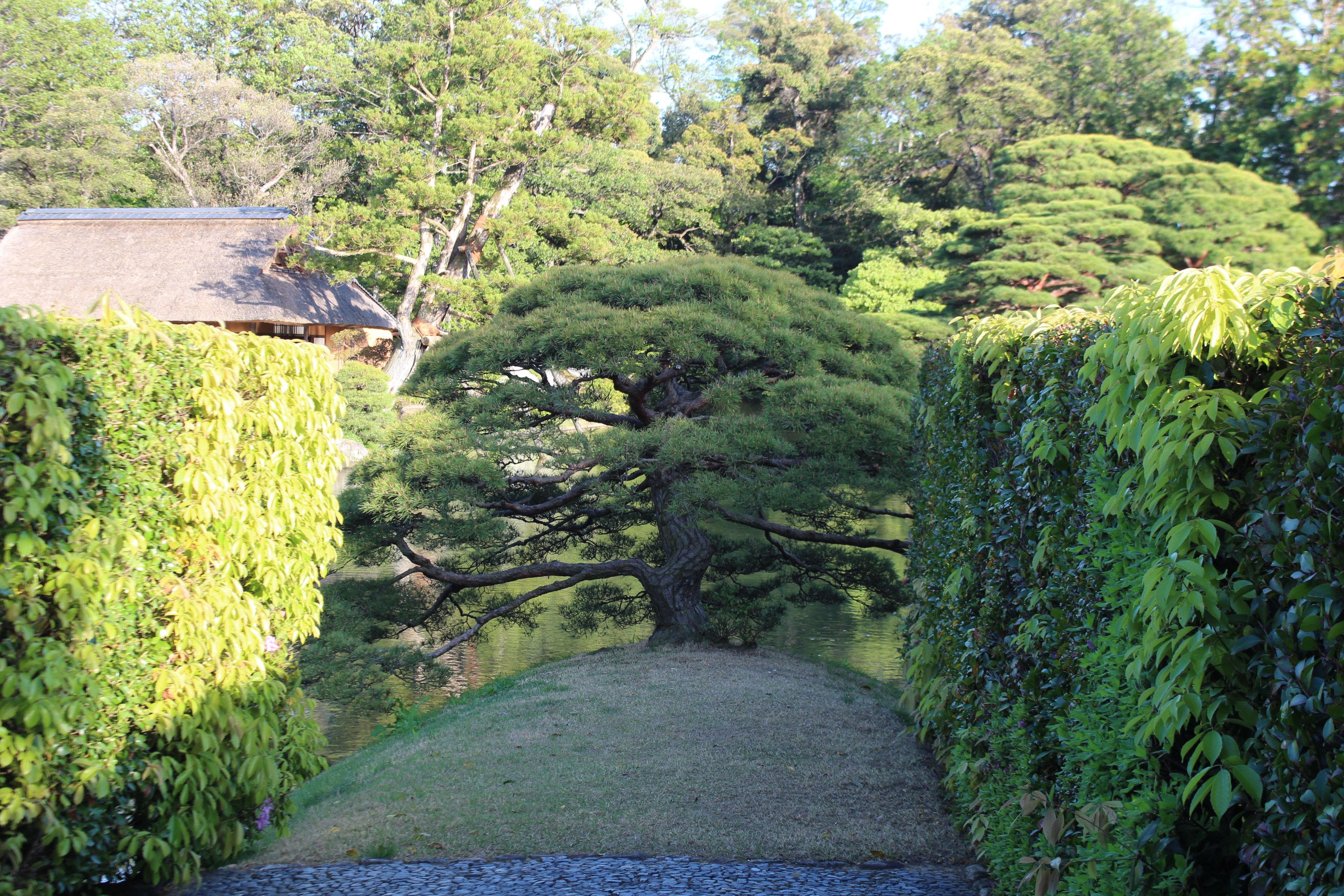
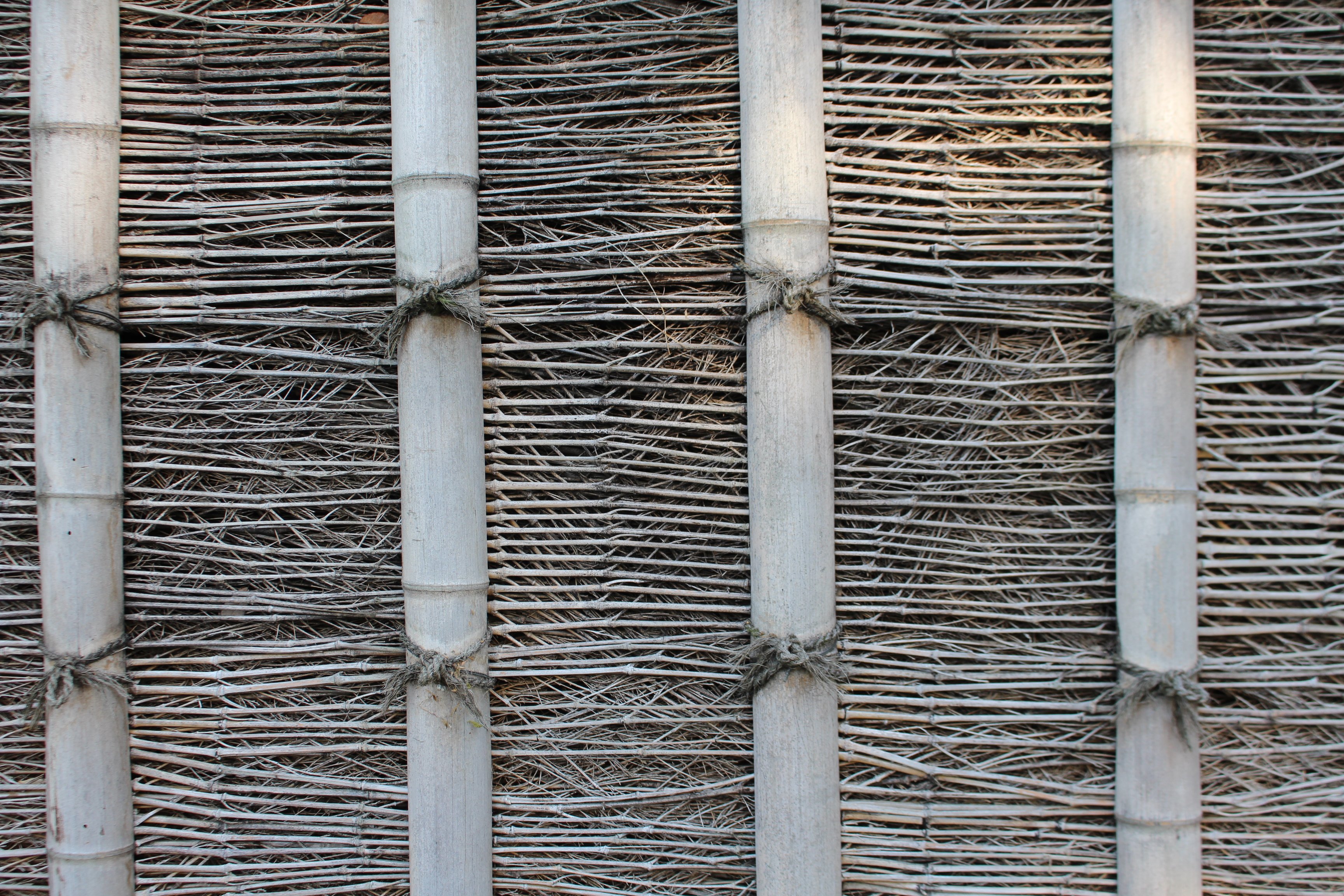
I’ve written about my impressions from my visit to the villa, and I hope anyone who reads this becomes interested in Japanese gardens, architecture and culture.
The Japanese garden has a long history in terms of its culture and architectural design, and the garden making we do is only a small part of the history. I’m not sure if we are even a part of history. However, I like to learn every day so that those of us who are involved in landscaping will learn more about the history and create gardens that will lead to the future.
This is the end of my blog on my visit to Katsura Imperial Villa. There are still some things I haven't written about yet, but I hope to write about them again at some other time. From now on, I will return to my daily work blog! See you soon.
There are some details that cannot be conveyed on our website. If you have any questions, please do not hesitate to contact us by phone, email or on line. A member of our team will be in touch to discuss your requirements and answer any questions you may have.
077-579-1128
info@oomiteien.com
LINE: @oomiteien